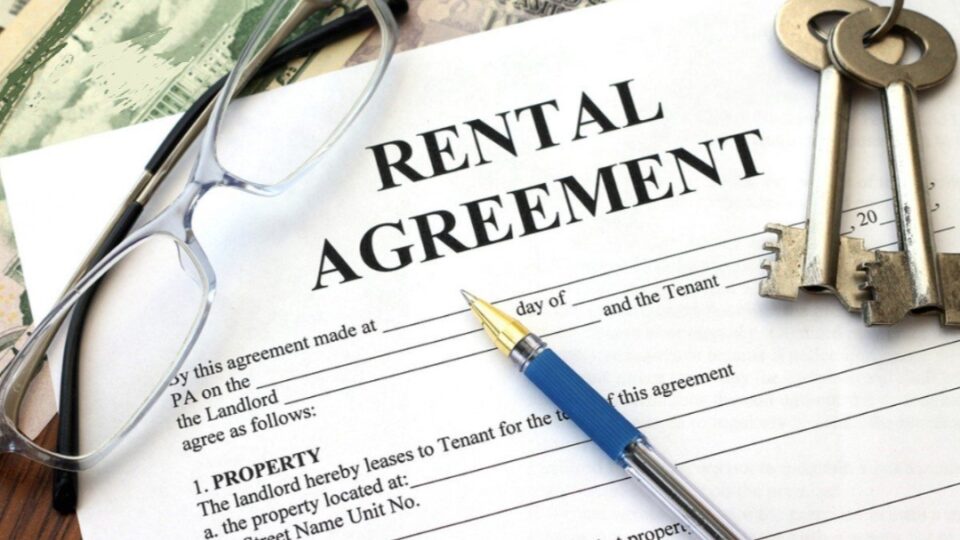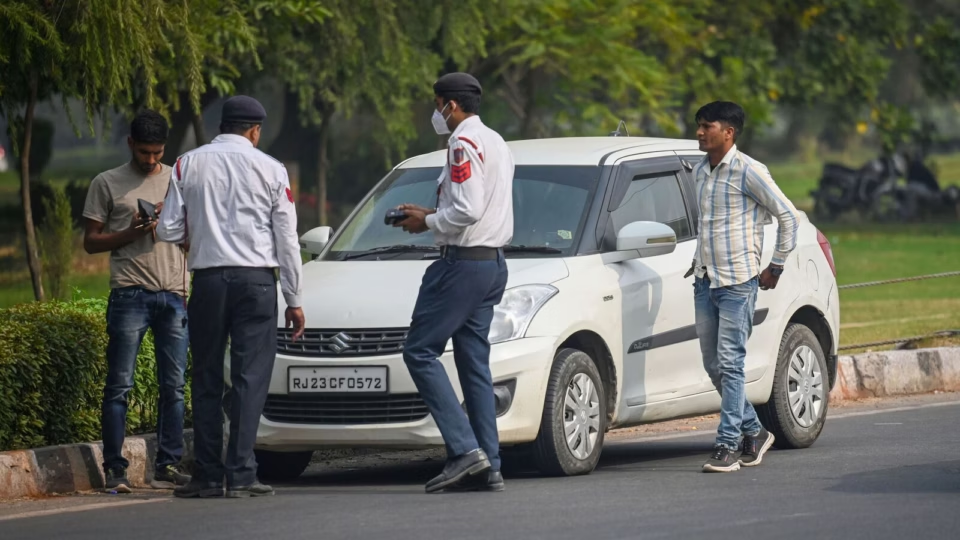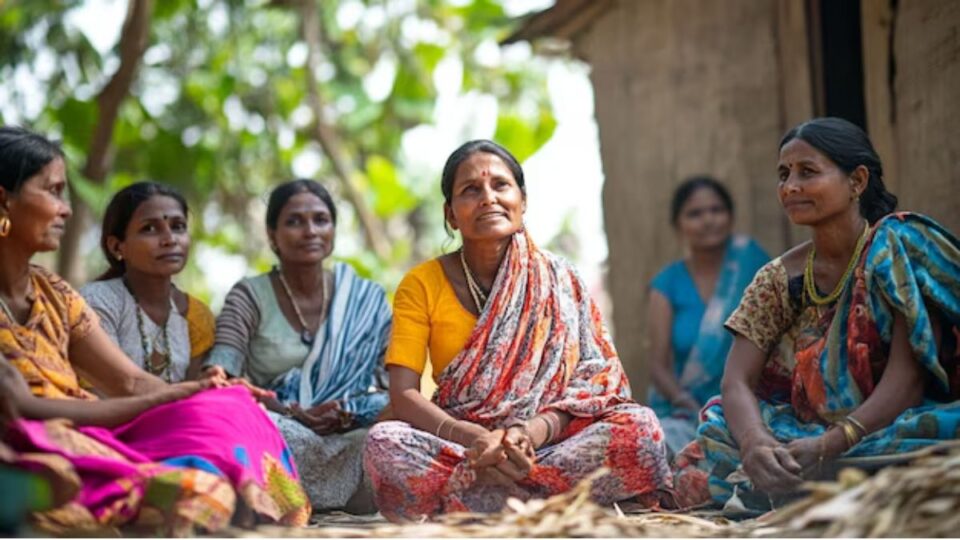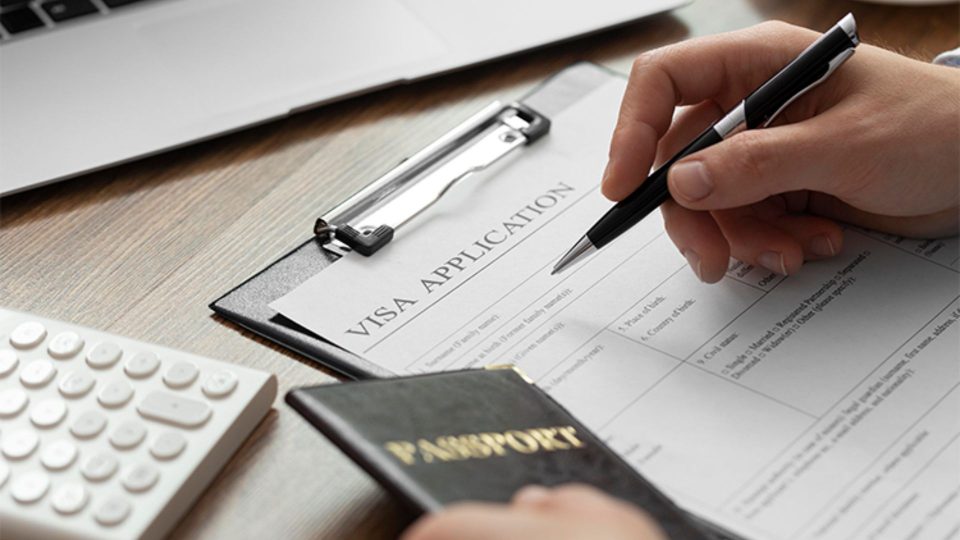
Rising Price Of Petrol And Diesel: Here Is How Much Tax You Pay On Your Fuel
As the prices of petrol and diesel are rising day by day this might be pinching you hard as a common man. While for the first time prices of diesel crossed that of petrol in Delhi people were left scratching their head. Well, it’s obvious for you to think about how the Rs 30 gap between diesel and petrol has been vanished in around one-half years?
The answer to that is the tax levied by the government. While the prices of crude oil remain down in the international market government utilizes the tax on fuel to manage the finances of the economy. In this time of the pandemic when the economy is on backfoot, there has been only a rise in the prices in the past 18 days.
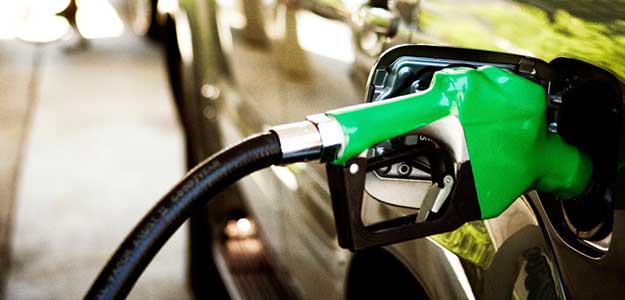
You would be surprised to note that at present the tax component on retail price of auto fuel is closer to 70 percent. That is say for example if the government gets a liter of the fuel for Rs 100 then after levy of all the taxes, it would be sold to the final consumer like you and me at Rs 170 a liter. The recent hike in tax was in May when VAT (Value added tax) on petrol and diesel saw a historic 30% rise.
Here is the tax breakup of the fuel in India:
- Excise duty on petrol is taxed around Rs 33-a-litre while the same on diesel it is Rs 32
- The Value-Added Tax (VAT) on petrol and diesel is Rs 16.44 and Rs 16.26 respectively.
- The two taxes add up to Rs 49 a liter over the basic price. If you subtract these taxes from the market price say Rs 79 then the actual cost per fuel comes to Rs 30 a liter.
While the government can lessen its tax component to relieve the citizens it rarely happens. The reason for this is that raising duties on fuel is easier for both the center and states that target the product to raise revenue whenever there is an emergency. Thus, while it is out of the ambit of GST fuel along with alcohol remains an important component of the government’s revenue.
